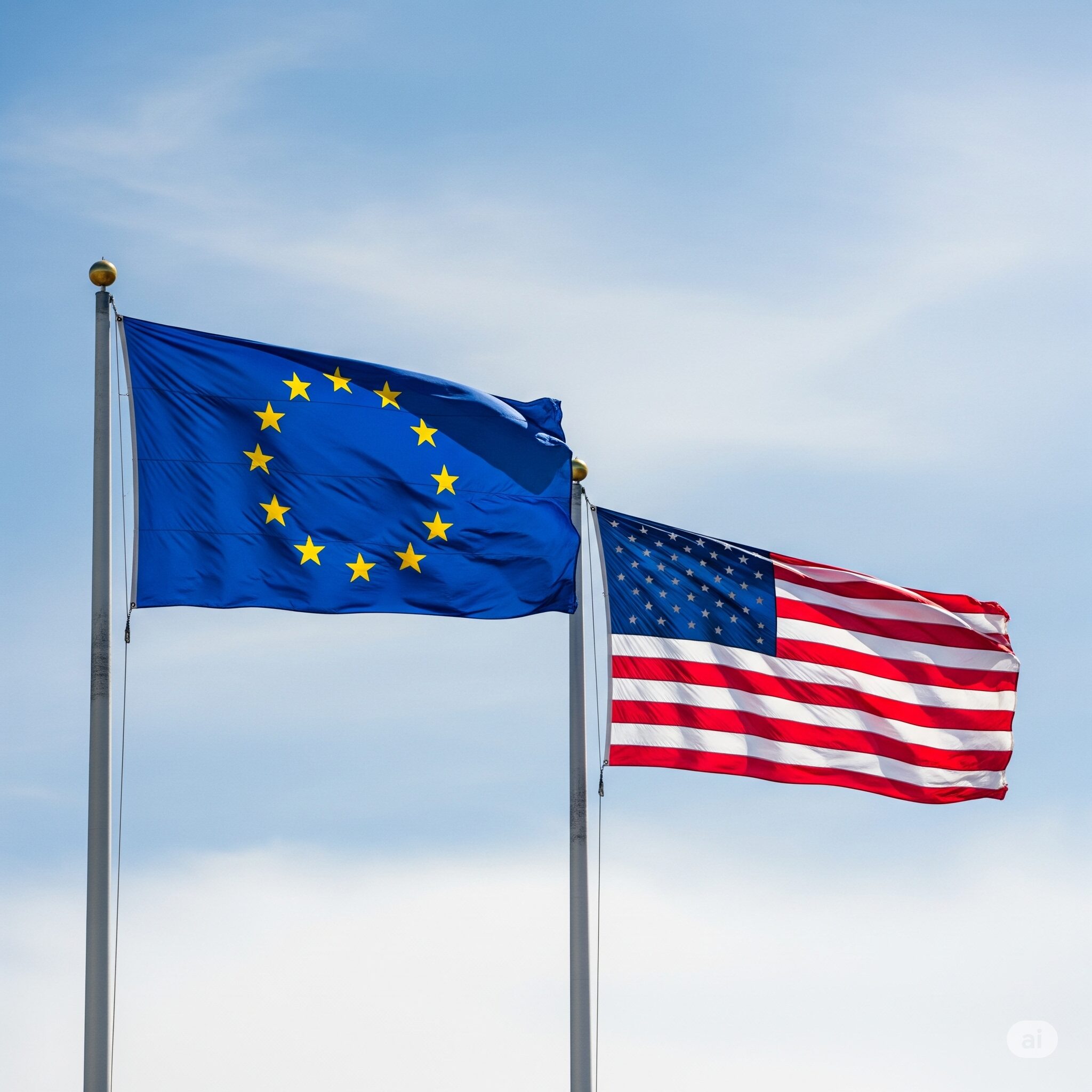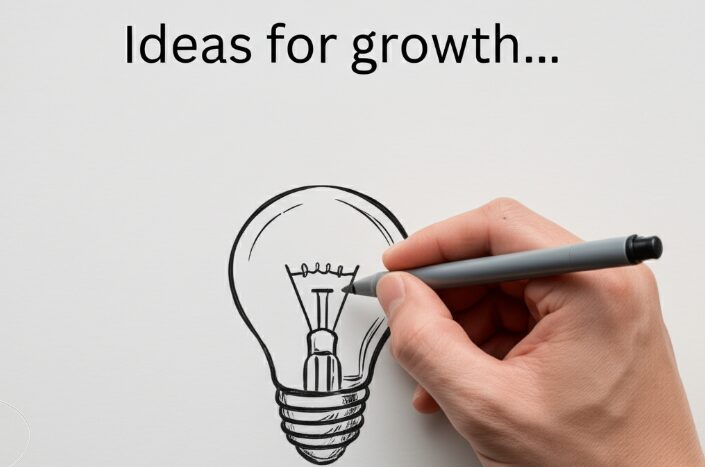The cost of living, specifically groceries have significantly increased over the past four years. What does this mean for Americans who are seemingly losing purchase-power daily. A debate on X (formerly Twitter) might offer some insight.
Imagine discovering that a 12-pack of drinks, once part of a deal where 4 cost just $10 in 2020 (about $2.50 each), now sets you back $9—a 260% increase. This revelation, shared by Jennifer Harper Bowen in a viral X post three days ago, has ignited a wave of reactions as of 09:55 PM EDT on Wednesday, August 06, 2025. Her broader shock—finding a $70.20 grocery order from January 2020 now totals $165.42, a 135.6% rise—resonates deeply. With her plea, “We can’t go on living like this, I can’t be the only one who feels this way,” Jennifer’s story taps into 2025’s inflation fears. It reflects broader trends—monetary policy, population pressures, and policy debates like tariffs—while sparking a divided public response from despair to activism. Is this the moment for an economic reckoning?
Thanks for finally catching up. Oh and this story is bs. I’ve seen the same thing posted by someone else a couple months ago. pic.twitter.com/MjkovFrUq0
— Carol (@cbeckj) August 6, 2025
The Personal Experience: Jennifer’s Grocery Shock
Jennifer’s journey began with a nostalgic chat about 12-packs of drinks, once available 4 for $10 in 2020 (roughly $2.50 each), now costing $9 apiece—a 260% surge. Intrigued, she revisited a January 2020 Walmart order of 30 items totaling $70.20, only to find it now rings in at $165.42, a $95.22 increase. She calculated a 135.6% rise, implying an annual inflation rate of about 24% over four years. Compare this to the U.S. Consumer Price Index (CPI), which shows a cumulative inflation of roughly 25% since 2019 (per NPR data)—her experience far exceeds the norm.
This discrepancy likely stems from product-specific hikes, shrinkflation, or basket changes, with the soda price jump as a stark example. Her emotional outcry captures a universal struggle, making her post a relatable cry for help amid rising costs.
Amplification and Economic Theories
@AdameMedia seized on Jennifer’s story, warning, “The music is about to stop,” and citing the “Cantillon effect.” This 18th-century idea, from economist Richard Cantillon, posits that new money benefits early recipients—like banks—before prices rise, hitting everyday consumers last. The Federal Reserve’s $3 trillion balance sheet expansion during the COVID-19 pandemic (2020–2021) exemplifies this, favoring asset holders while grocery prices soared.
The thread deepened into theory. @stored_labor claimed capitalism ended in 1913 with the Federal Reserve’s creation, a sentiment possibly echoed by @AmirZenOfficial’s “abolish the Fed” leanings. Responses ranged from Laura Miller’s “absolutely correct and absolutely depressing” to Carol’s skepticism that it’s “bs” and recycled. This ties to the Fed’s federal funds rate adjustments, a 2025 focal point amid inflation debates.
Broader Economic Factors
Jennifer’s tale mirrors wider forces. @TomBludersonIII noted the U.S. population doubling from 203 million in the 1970s to 345 million in 2025, straining resources. E. Wesley F. Peterson’s 2017 study supports this, linking population growth to food and housing price pressures. Policy adds fuel: @Roni37019017159 flagged Trump’s proposed tariffs, with the Peterson Institute estimating a 10% tariff could raise consumer prices by 1.4% annually—a 2025 concern.
Variation exists. @BruceColigan saw a mere $1.34 yearly grocery increase (from $698.66 in 2023 to $700.00 in 2025), suggesting regional differences. Recent trends offer hope: @agmike98’s avocados dropped from $10 to $5 at Costco, aligning with the Bureau of Labor Statistics’ 2.4% food-at-home inflation (June 2025).
The Public Divide: Perspectives and Proposals
The thread splits along lines. @MikemanCommeth blamed Biden’s 11% inflation peak (August 2022), while @HansGruberTheGreat dismissed Trump-era claims, saying the economy “sucked before Trump got in and nothing has changed since.” This politicization marks 2025’s economic tension.
Grassroots ideas emerged. @ReneeMagan72881 adopted frugality—day-old meats, powdered milk, homemade biscuits—while @JohnWesleyHardin pushed for a general strike to demand change. @thethiny’s quip, “People no longer buying groceries?” highlighted the lack of unity. Culturally, @ScottKacsmar’s George Carlin nod critiqued consumerism, adding depth.
READ ABOUT TIPPING CULTURE HERE
The Cost of Living Conundrum
Jennifer’s grocery shock is a lens on 2025’s economic woes. The Cantillon effect, population growth, and tariffs intertwine to drive prices up, with social media amplifying the human toll. As @AdameMedia’s “music is about to stop” looms, will 2025 force a reckoning? Track CPI data, share your coping tips, and join the debate—solutions, from policy shifts to resilience, begin with us. Are we ready to act, or will we dance on until the end?
Sources
- X posts: Jennifer Harper Bowen, @AdameMedia, and thread participants.
- Web: Wikipedia (Cantillon), Federal Reserve, VAIA (population), Tax Foundation (tariffs).
- BLS and NPR data on inflation (up to June 2025).








Leave a Reply